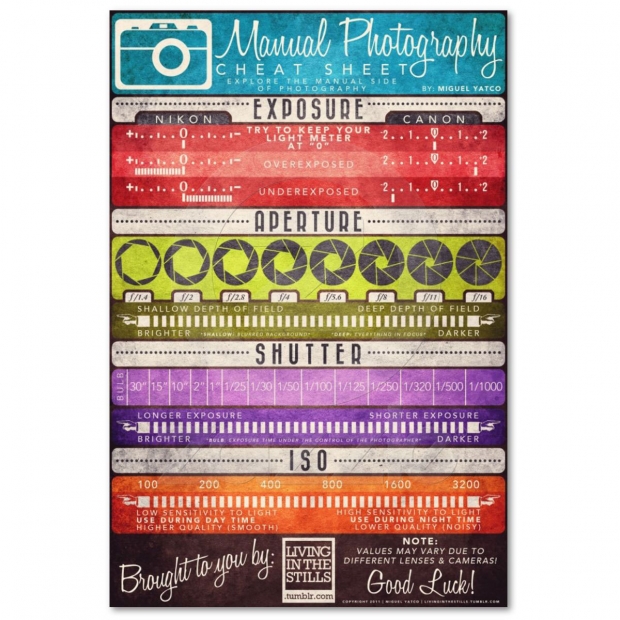What Every Digital Photographer Ought To Know About Lights
What Every Digital Photographer Ought To Know About Lights
Blog Article
Short Article By-Gillespie Fraser
As a photographer, you understand that illumination can make or damage your pictures. Comprehending the nuances of both natural and synthetic light is essential for recording the state of mind and quality you aim for in your work. Whether you're chasing the excellent golden hour glow or fine-tuning your man-made arrangements, understanding these components can raise your photography significantly. But there prevail challenges that many neglect, and acknowledging them can change your technique to every shoot. Allow's discover what you could be missing out on and how it can impact your outcomes.
Understanding Natural Light
Recognizing natural light is crucial for any digital photographer aiming to boost their work. It's the structure of terrific digital photography, influencing state of mind, tone, and quality. When you fire outdoors, pay attention to the time of day. The golden hour-- quickly after dawn and prior to sundown-- offers soft, warm light that can transform common scenes into spectacular images.
Do not take too lightly the power of cloudy days. Professional headshot photographer diffuses sunlight, producing a soft, even light that's best for portraits and macro digital photography. You'll discover shades appear this sort of lights without harsh darkness.
Placing issues, too. Always consider your subject's orientation to the light. If the sunlight's behind your topic, you may wind up with a silhouette, which can be dramatic yet mightn't be what you want. On the other hand, straight sunshine can develop uncomplimentary darkness.
Experiment with angles; sometimes, altering your point of view can produce amazing results. Usage natural reflectors, like water or sand, to bounce light onto your topic, including dimension.
Mastering Artificial Light
Understanding man-made light is essential for professional photographers who want to take their skills to the following degree. Whether you're utilizing speedlights, workshop strobes, or constant lights, recognizing how to control these resources can significantly improve your images.
Beginning by familiarizing on your own with the essentials of light quality, direction, and color temperature level. Trying out https://zenwriting.net/kathy8boris/change-your-portrait-photography-with-basic-methods-that-enhance-lights-and like softboxes, umbrellas, or grids to regulate the gentleness or violence of the light.
You'll find that soft light frequently develops lovely results, while harsher light can add dramatization and deepness. Do not avoid shadows; they can enhance the three-dimensionality of your topics.
Pay attention to the positioning of your lights. A light positioned as well near your subject can develop uncomplimentary results, while as well far away can result in an absence of information. Make use of a light meter or your cam's pie chart to guarantee you're revealing correctly.
Finally, keep in mind that fabricated light can be mixed with ambient light for imaginative impacts. Balancing these sources could take practice, once you master it, your photography will absolutely beam.
Strategies for Different Circumstances
When you enter various capturing scenarios, adapting your lights strategies is critical for recording the best photos. For exterior portraits, make use of the golden hour-- morning or late afternoon light-- to soften shadows and boost skin tones.
If it's a severe midday sun, consider utilizing a reflector to jump light back onto your subject or look for shaded areas for a more also exposure.
In low-light circumstances, like interior events, boost your ISO and utilize a large aperture to allow in more light. A tripod can aid get rid of camera shake, allowing for longer direct exposures without blurring.
If you're contending night, trying out off-camera flash to produce vibrant illumination and depth in your pictures.
For item photography, make use of diffused lighting to prevent severe representations. Softboxes or light camping tents can help achieve this result.
When photographing landscapes, consider the instructions of light and time of day, as it can considerably transform the mood of your shot.
Constantly prepare to adjust your setups and positioning based on the circumstance, as versatility is crucial to mastering lighting in digital photography.
Final thought
Finally, mastering illumination is vital to raising your photography abilities. Embrace all-natural light's appeal during golden hour, and don't shy away from explore man-made light methods. By adapting your method to different situations, you'll capture spectacular pictures that reverberate with feeling and clarity. Keep in mind, the right lights can change a regular shot into something amazing, so maintain exercising and refining your understanding of both natural and synthetic light. https://uknow.uky.edu/uk-healthcare/kch-patients-photo-exhibition-shows-beauty-everyday-life !
